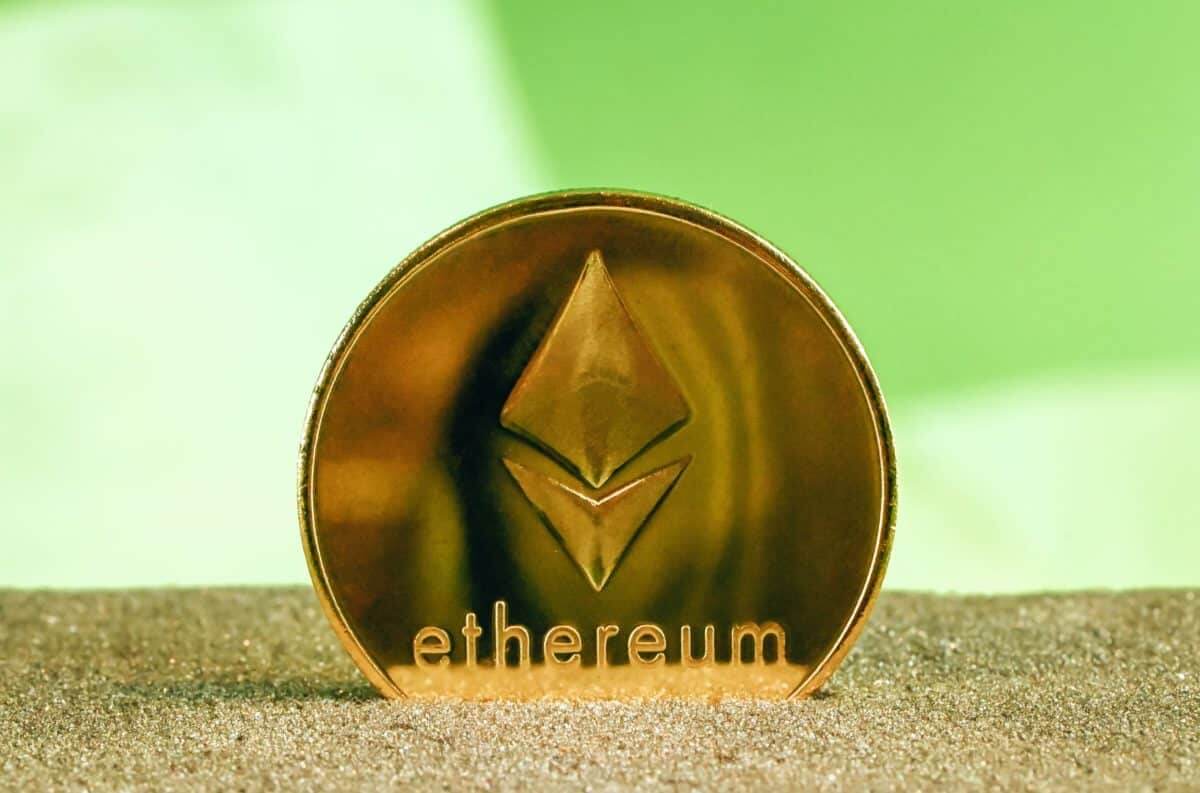
Inflation Reduction Effect ETH in February
The crypto market experienced significant growth in January, with Ethereum (ETH) among the beneficiaries. The most popular altcoin has increased 31.5% in market value in the last month. This is because people expect good things from the ETH community.
The rate of inflation plays an important role in keeping the value of a cryptocurrency stable over time. A low inflation rate means a scarce supply of a cryptocurrency, which leads to an increase in demand and, in turn, an increase in value.
Besides, certain cryptocurrencies, such as Bitcoin (BTC), have a fixed maximum supply and a mining process that reduces the supply over time. This controlled inflation is the cornerstone of the flagship cryptocurrency. Although not originally designed as a deflationary coin, Ethereum is in a state of scarcity.
In 2021, the Ethereum network took a step toward the deflation of EIP-1559. This update introduced a fee for each transaction on the ETH blockchain, significantly reducing the supply of circulating cryptocurrency and the excessive demand for transfers.
However, this was not enough to make Ethereum a deflationary asset, as a larger amount of the crypto entered circulation, even as some of it was liquidated. The turning point came in 2022 with the arrival of The Merge.
Fall in ethereum inflation
Last year’s most anticipated update, The Merge, transformed Ethereum’s consensus model from (PoW) to (PoS), resulting in improved efficiency. It caused the supply of ETH to grow very slowly, leading to deflation in the next period.
A low inflation rate is positive to some extent, but it can also have some drawbacks. One such drawback is the small incentive to spend on crypto, which can lead to reduced innovation and a potential deflationary spiral.
Despite this potential problem, it is unlikely to affect the Ethereum network, as it is widely used in important areas of the blockchain industry, such as decentralized finance, non-fungible tokens (NFT), and other smart contracts. Related functions. February is unlikely to be a month where Ethereum experiences growth due to its deflation.
Crypto must demonstrate its ability to beat inflation over a longer period before anything significant affects it. Additionally, preparations for March’s Shanghai event may distract from Ethereum’s deflationary momentum.
In the long run, a successful deflationary trend could be positive to attract more investors and boost ETH, just as Bitcoin’s trend helped boost the cryptocurrency. Investors have interest in whether Ethereum will successfully maintain the deflationary trend in the coming period.




